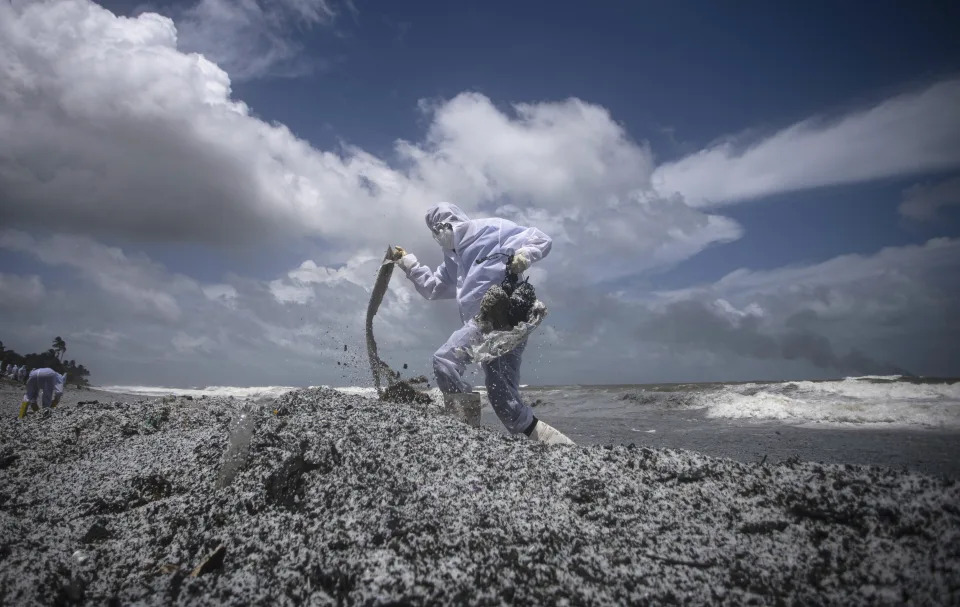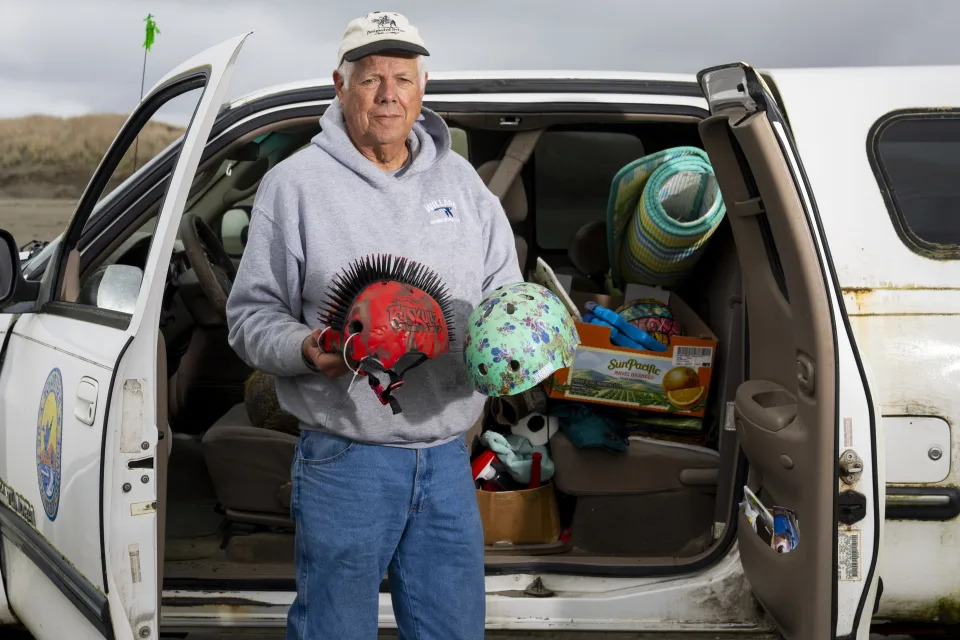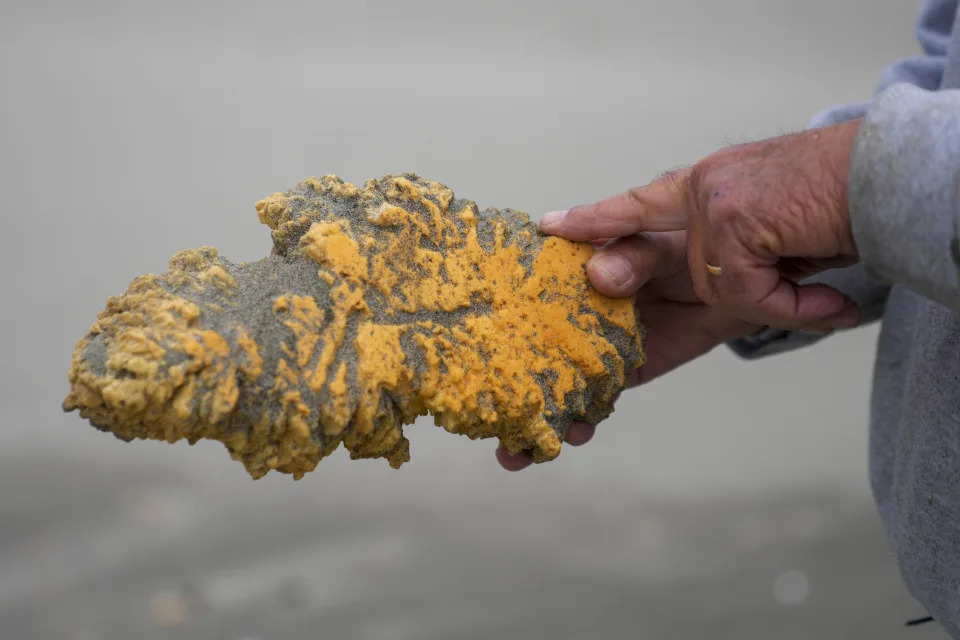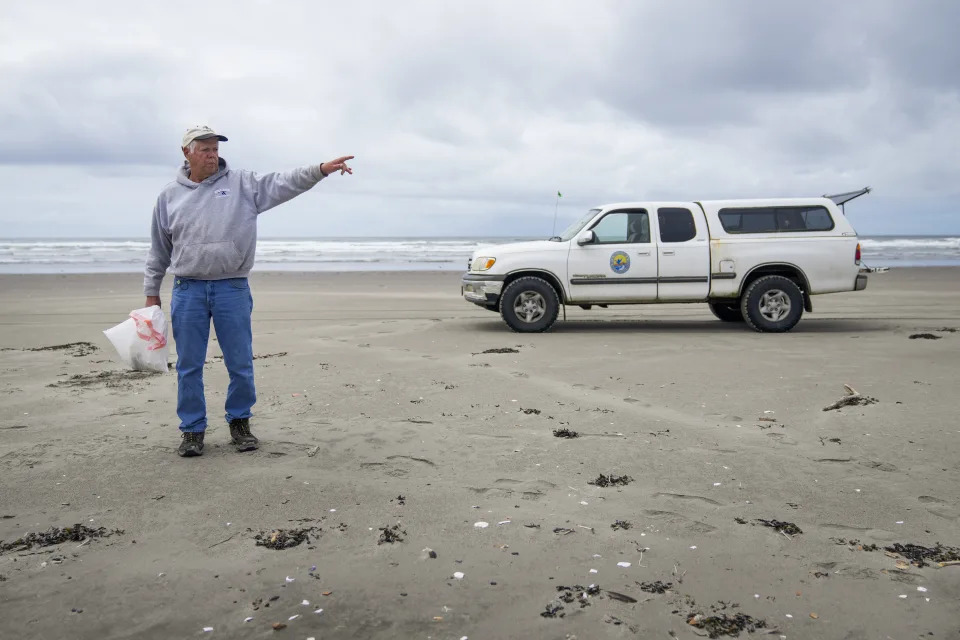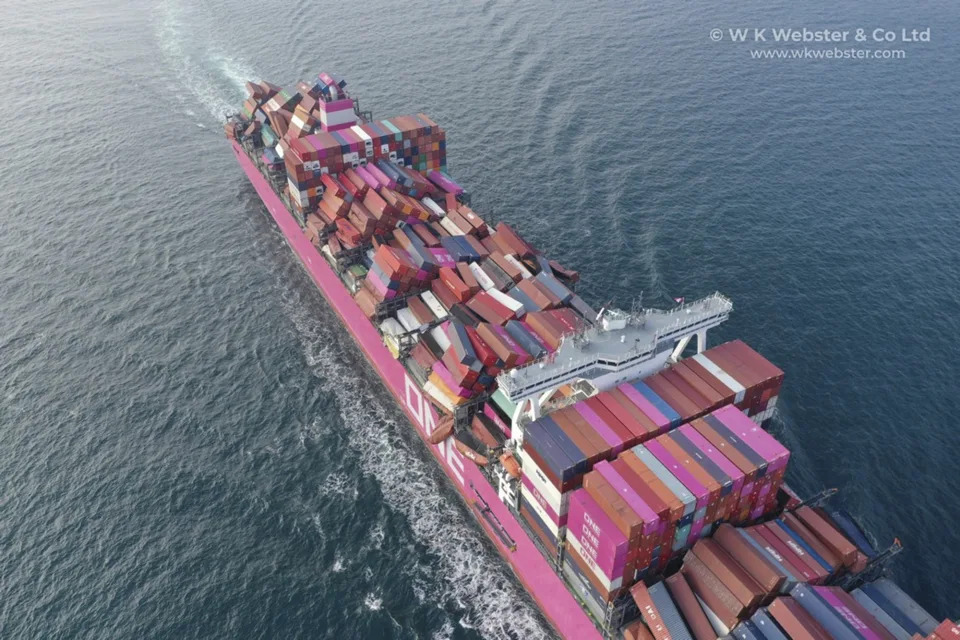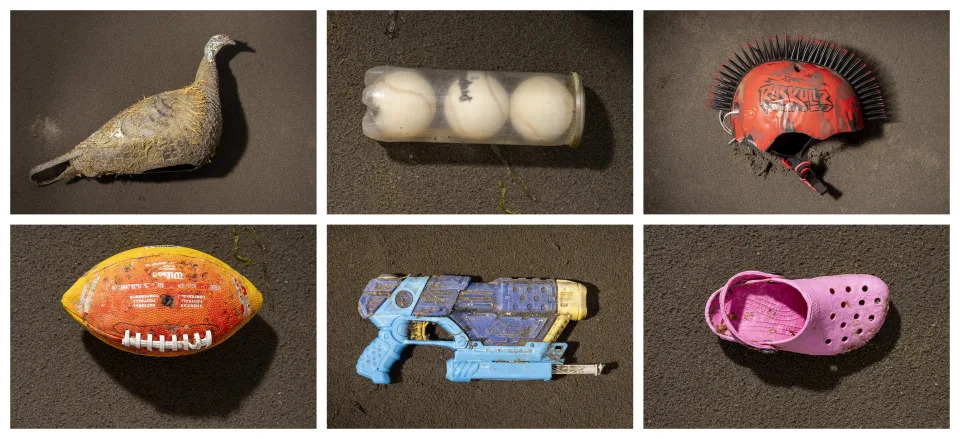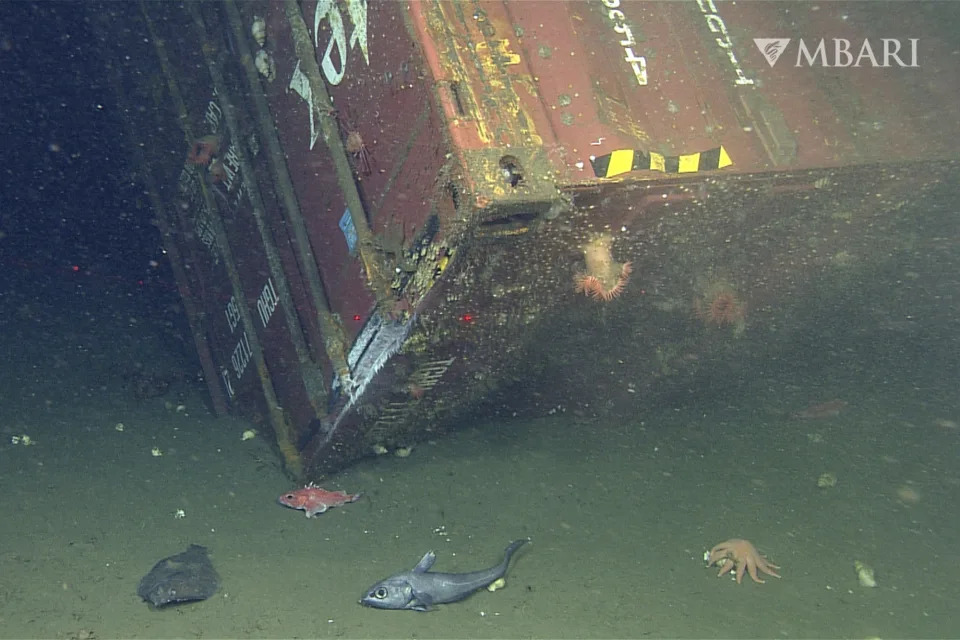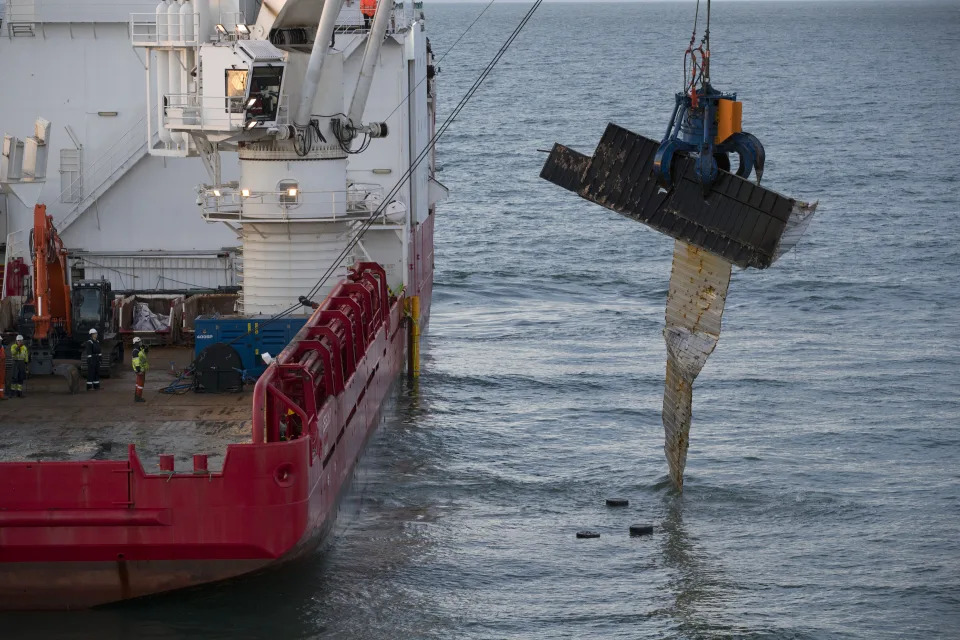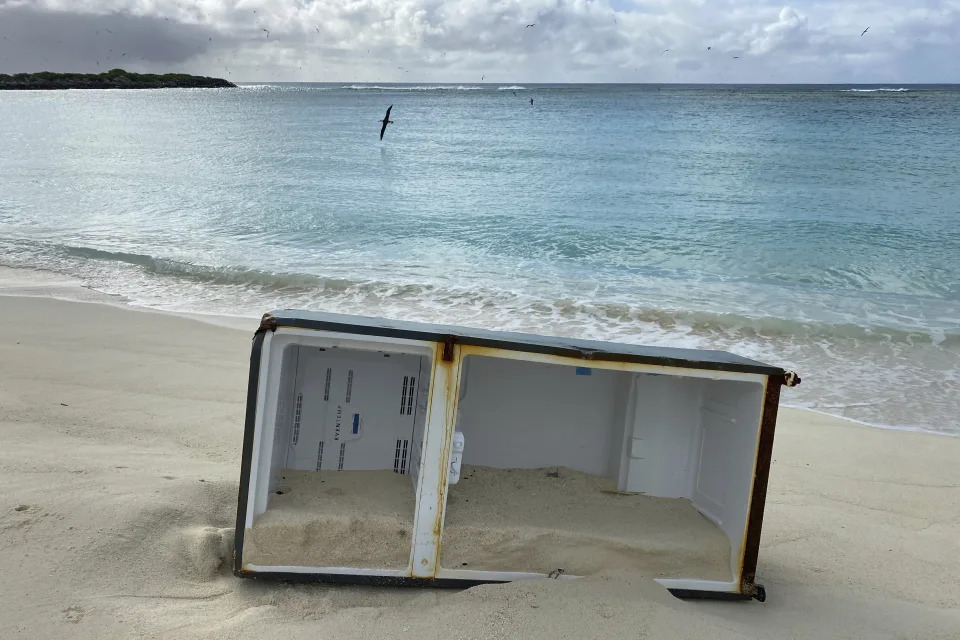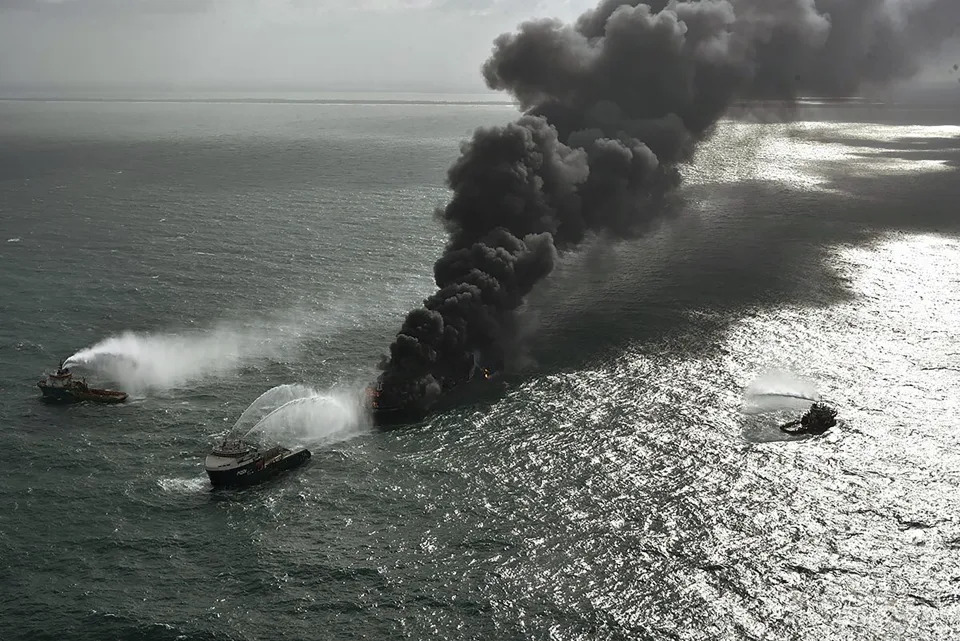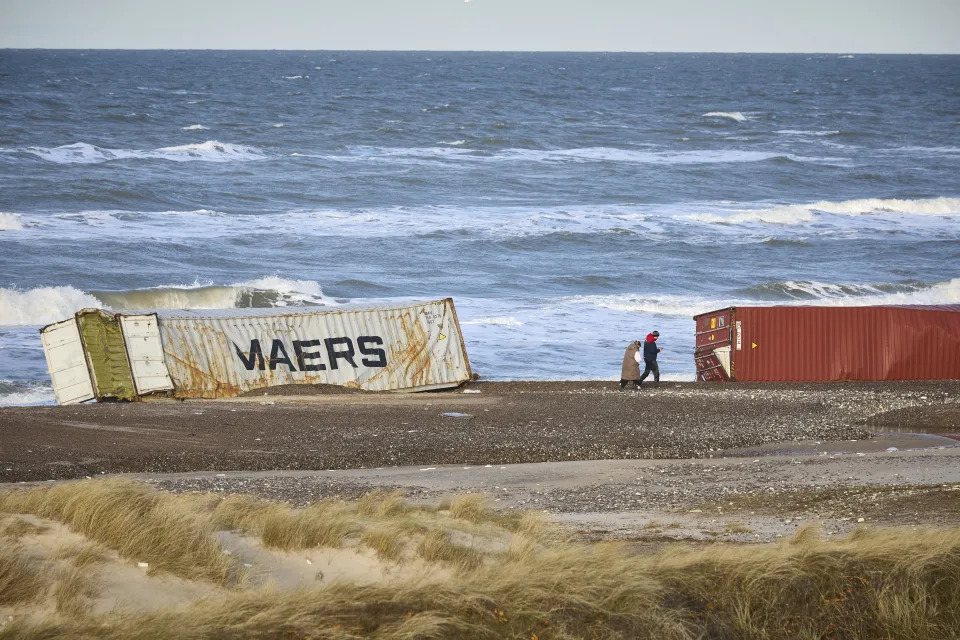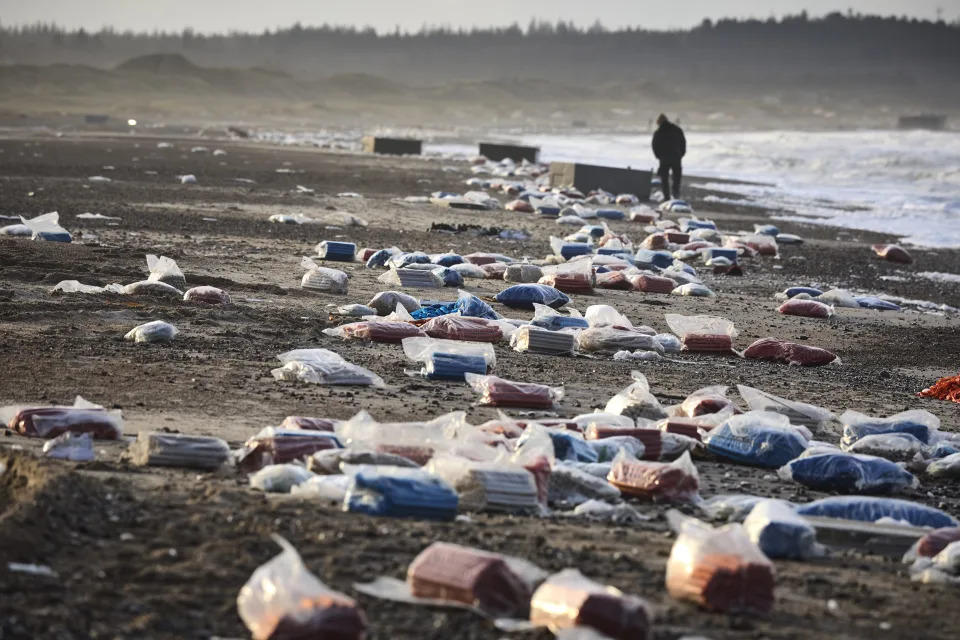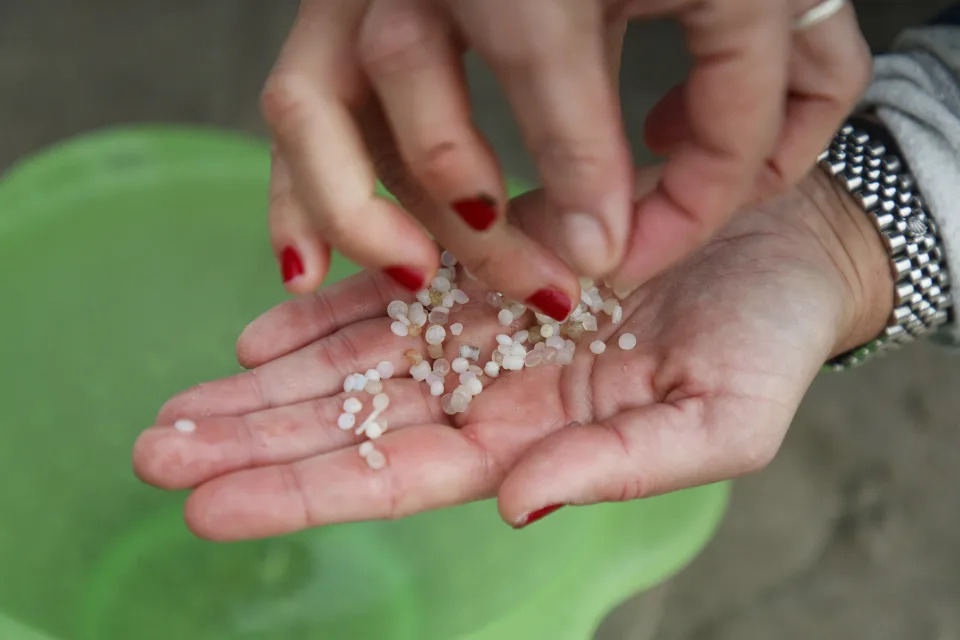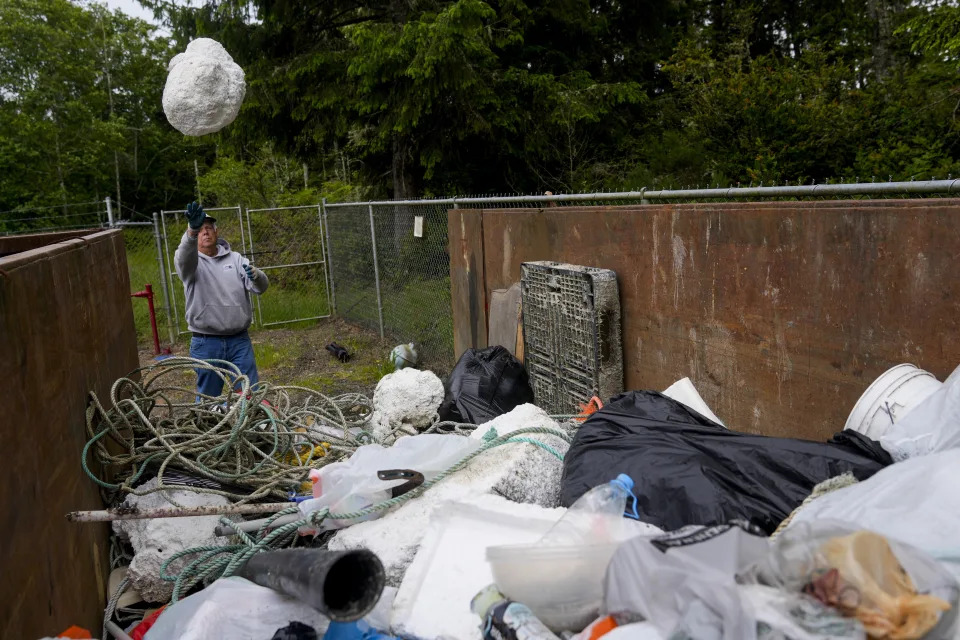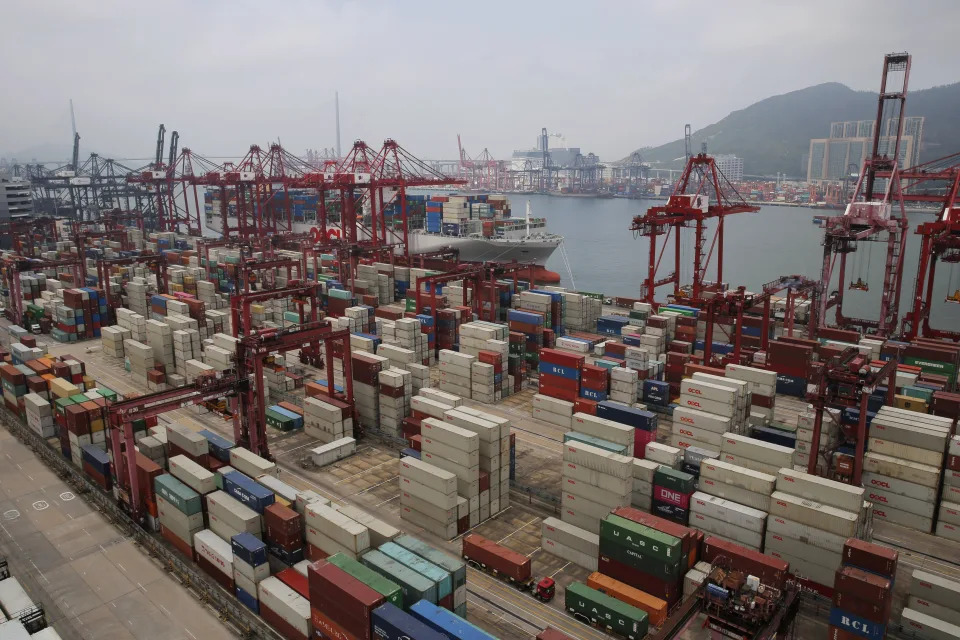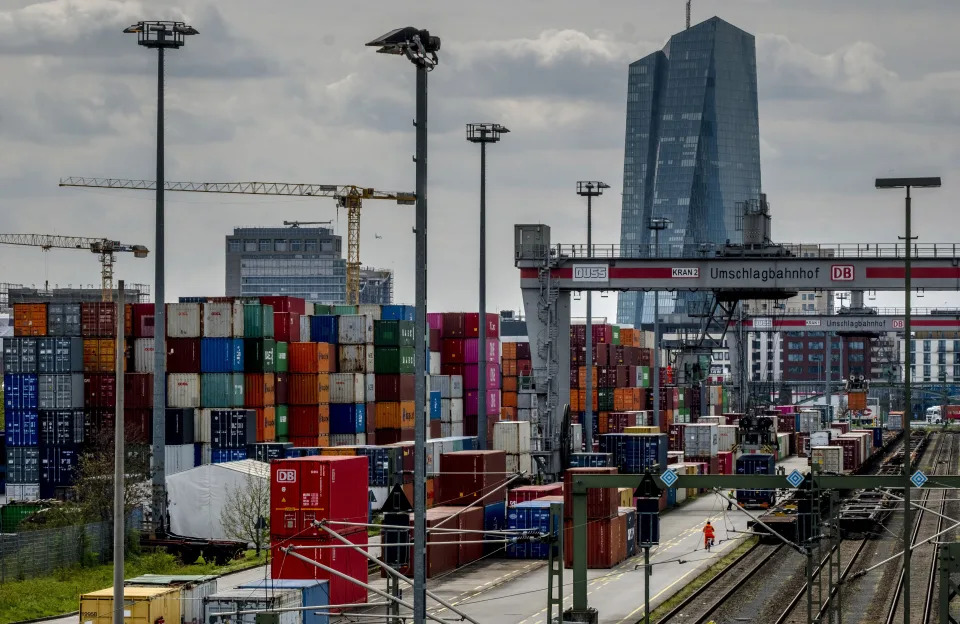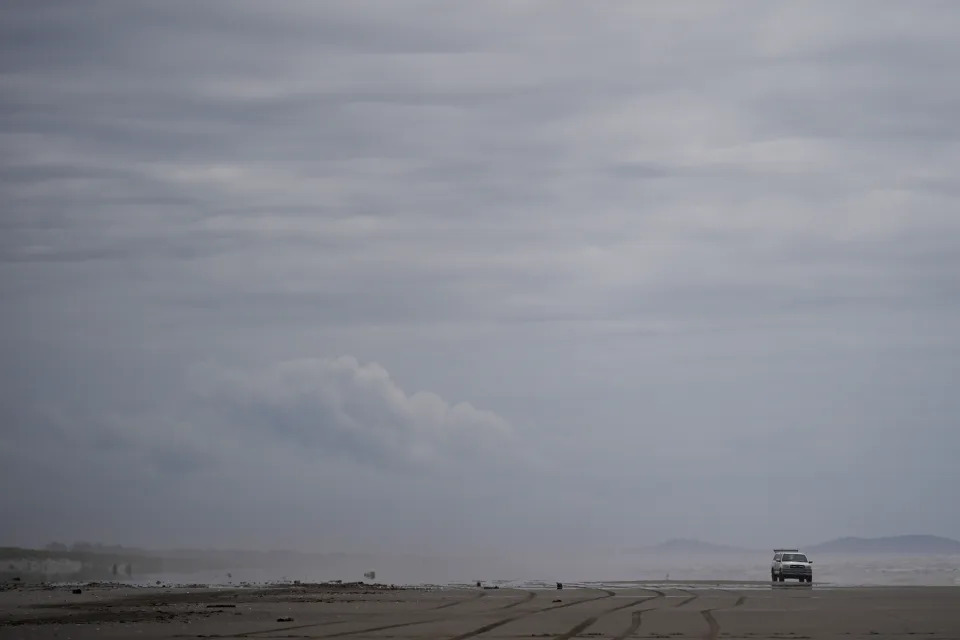Jake Johnson,
November 15, 2024

North Dakota Gov. Doug Burgum speaks during the third day of the 2024 Republican National Convention in Milwaukee, Wisconsin on July 17, 2024.(Photo: Kamil Krzaczynski/AFP)
President-elect Donald Trump announced Thursday that he has chosen billionaire North Dakota Gov. Doug Burgum, a close ally of the fossil fuel industry and vocal proponent of oil drilling, to serve as head of the Interior Department in the incoming administration, a critical post tasked with overseeing hundreds of millions of acres of federal land and water.
Burgum, a friend of oil billionaire Harold Hamm, served as a kind of middleman between Trump's presidential campaign and the fossil fuel industry during the 2024 race. The Washington Post reported that Burgum's selection as interior secretary will "give Hamm expansive influence over policy related to drilling on public lands, at a time his company stands to benefit from the rule changes Trump envisions."
Burgum and Hamm have already worked to shape Trump's energy policy during the presidential transition, with Reutersreporting Thursday that the pair is leading the push for a repeal of electric vehicle tax credits—a key component of the Biden administration's signature climate law, the Inflation Reduction Act.
During a fundraiser over the summer, Burgum said Trump could "on day one" move to unleash "liquid fuels," accusing the Biden administration of waging war on "American energy."
"Whether it's baseload electricity, whether it's oil, whether it's gas, whether it's ethanol, there is an attack on liquid fuels," Burgum declared.
"We're ready to fight Burgum and Trump's extreme agenda every step of the way."
Trump campaigned on a pledge to "drill, baby, drill" in the face of a fossil fuel-driven climate emergency that is wreaking deadly havoc in the United States and around the world. While the Biden administration has presided over record oil and gas production and approved many new drilling permits to the dismay of climate advocates, Trump has made clear that he intends to take a sledgehammer to any guardrails constraining the fossil fuel industry.
In Burgum, Trump will have an enthusiastic champion of oil and gas drilling in a Cabinet that is shaping up to be a boon for the fossil fuel industry. Burgum helped organize the dinner at which Trump urged the oil and gas industry to raise $1 billion for his campaign in exchange for tax breaks and large-scale deregulation.
"We're going do things with energy and with land—Interior—that is going to be incredible," Trump said late Thursday.
Kierán Suckling, executive director of the Center for Biological Diversity, said in a statement that "Burgum is an oligarch completely out of touch with the overwhelming majority of Americans who cherish our natural heritage and don't want our parks, wildlife refuges, and other special places carved up and destroyed."
"We're ready to fight Burgum and Trump's extreme agenda every step of the way," Suckling added.
In his current capacity as North Dakota governor, Burgum is pushing a 2,000-mile carbon pipeline project set to be built by Summit Carbon Solutions with the stated goal of capturing planet-warming CO2 and storing it underground. Climate advocates have long derided carbon capture and storage—a method boosted by the fossil fuel industry—as a dangerous scam that can actually result in more emissions.
The Associated Press reported earlier this year that "the blowback in North Dakota to the Summit project has been intense with Burgum caught in the crossfire."
"There are fears a pipeline rupture would unleash a lethal cloud of CO2," the outlet noted. "Landowners worry their property values will plummet if the pipeline passes under their land."
The North Dakota Public Service Commission is planning to meet Friday to vote on the project.


